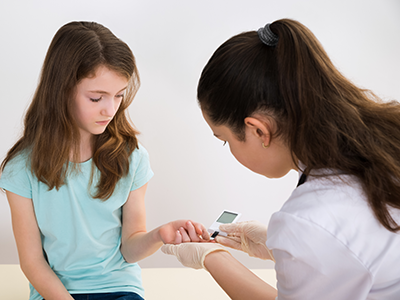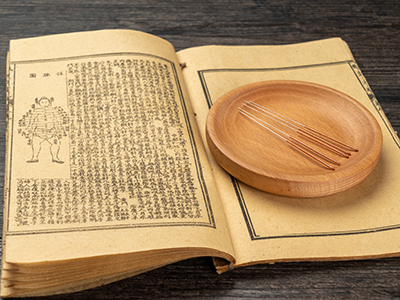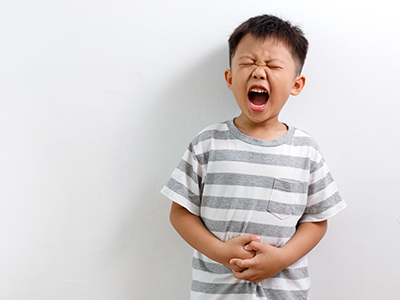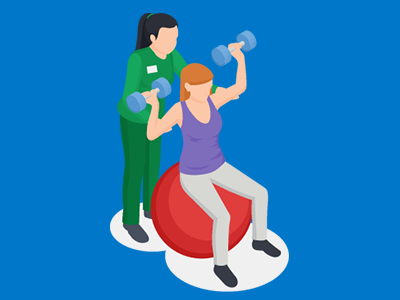Parents often express reluctance to go to a pediatric pain clinic appointment because they think their child will just be given bunch of pills and that the underlying cause of their pain will be ignored. Pediatric anesthesiologist and pain medicine physician Elisha Peterson, MD, FAAP, addresses some common misconceptions about pain medicine and explains what actually happens in pain medicine clinics.
“They are just going to give my child a bunch of pills; I do not want them on medication.”
Parents are often surprised that we in the pediatric pain medicine clinic do not want your child on a bunch of pain medications either! We often help families wean from medications that were prescribed by someone else. The medications we prescribe are not opioids, as opioids are not indicated for chronic non-cancer pain. If we prescribe medication, it is a special class of medication that is targeted to the type of pain your child has. Once your child’s pain is under control, we taper off these medications. Unless the pain is from a chronic medical condition, medications are used temporarily to facilitate pain control and treatment.
We use different modalities of treatment besides medications to address pain such as:
- Physical therapy: Exercise in a controlled and intentional fashion positively restores the nervous system to decrease frequency of pain flares and decrease overall pain severity.
- Cognitive behavioral therapy: Pain is mediated at the level of the brain. Using cognitive behavioral strategies, we can strengthen the body’s natural ability to decrease pain and decrease fears related to pain.
- Acupuncture: Acupuncture helps the body release its own pain reducing chemicals to help decrease pain intensity over time.
- Injections: For pain that is over a very defined area of the body that does not respond to medications and/or too severe to engage with therapy, we offer ultrasound guided and anatomical guided injections to address the area of pain.
“They are just going to put a bandage on the problem, I want to see someone who will treat the underlying cause of the pain.”
We want to know what is generating the pain and look to why throughout our visit. Vulnerabilities in children to developing chronic pain are untreated anxiety and depression, history of a viral illness that resulted in severe body aches that never went away, postural orthostatic tachycardic syndrome (POTS), family history of chronic pain or repeated episodes of acute pain that never had a chance to fully heal. Sometimes the cause of the pain is clear, other times it is not. Our commitment is to walk with the family on this journey of reclaiming life from pain.
“If we go to see pain medicine, it means that everyone will quit looking for the problem.”
We work with in parallel with other specialties all the time. Seeking consultation and evaluation with our clinic does not cut off your engagement with other specialists. We work with your medical team to facilitate care and help families with every area that pain has affected:
- Mood and school where our pain psychologists offer therapy and compose 504 plans.
- Function where physical therapy will create individualized plans to strengthen and restore mobility.
- Pain intensity where our pain medicine physicians will evaluate the type of pain your child has, create a personalized treatment plan and perhaps offer medications including topical medications to decrease pain severity.
So, do not be afraid or reluctant to go into your pediatric pain medicine clinic appointment, we are different than adult pain clinics! We offer an array of treatment modalities that are not centered on medications.
 https://riseandshine.childrensnational.org/wp-content/uploads/2024/03/blood-draw-feature.png
300
400
Rise and Shine
https://riseandshine.childrensnational.org/wp-content/uploads/2017/11/childrens_riseandshine_logo.jpg
Rise and Shine2024-03-15 11:40:342024-03-15 11:44:50How to prepare children for blood draws
https://riseandshine.childrensnational.org/wp-content/uploads/2024/03/blood-draw-feature.png
300
400
Rise and Shine
https://riseandshine.childrensnational.org/wp-content/uploads/2017/11/childrens_riseandshine_logo.jpg
Rise and Shine2024-03-15 11:40:342024-03-15 11:44:50How to prepare children for blood draws


 Elisha Peterson, MD, FAAP, is a board certified pediatric anesthesiologist and pain medicine physician.
Elisha Peterson, MD, FAAP, is a board certified pediatric anesthesiologist and pain medicine physician.


















Leave a Comment
Want to join the discussion?Feel free to contribute!